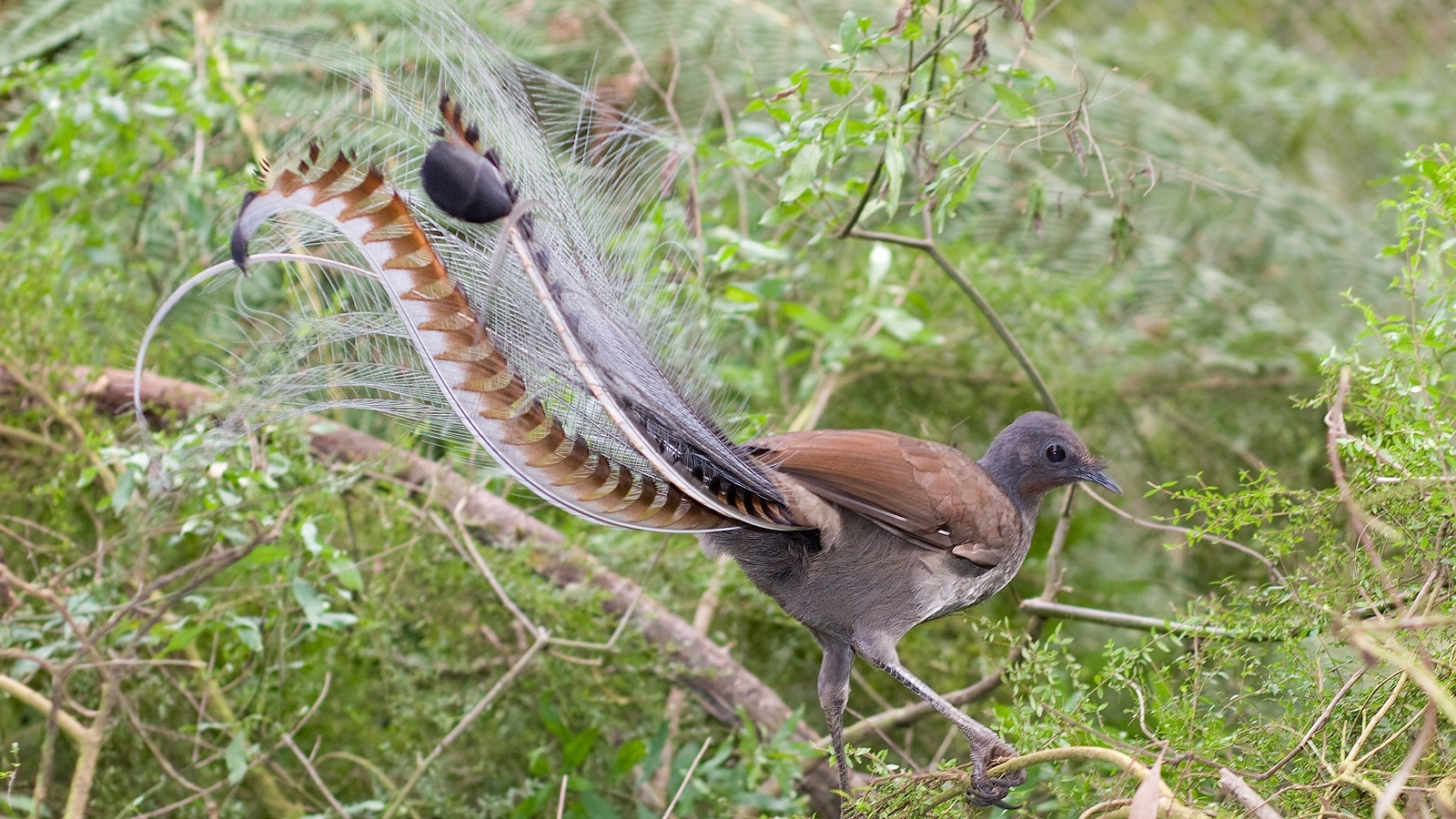Home / Environment / Lyrebird's Uncanny Mimicry Stuns Scientists and Nature Lovers
Lyrebird's Uncanny Mimicry Stuns Scientists and Nature Lovers
8 Nov
Summary
- Lyrebirds can flawlessly mimic a wide range of sounds, from other birds to chainsaws and mobile ringtones
- Males perform elaborate displays combining mimicry and dance to attract mates
- Lyrebirds can even mimic bird calls they've never heard in the wild

As of November 8th, 2025, the lyrebird continues to amaze scientists and nature enthusiasts alike with its unparalleled mimicry skills. This unique bird, found in the forested regions of southeastern Australia, is known for its ability to flawlessly replicate a wide range of sounds, from the calls of other birds to human-generated noises like chainsaws, camera shutters, and even mobile phone ringtones.
The lyrebird's vocal prowess is attributed to its highly complex vocal organ, the syrinx, which allows it to produce these intricate imitations. During the breeding season, male lyrebirds put on elaborate performances that combine this remarkable mimicry with a mesmerizing dance, showcasing their impressive, lyre-shaped tail feathers in a dramatic display to attract mates and establish dominance over rivals.
Interestingly, some lyrebirds have even been observed mimicking bird calls they've never heard in the wild, suggesting that these vocal abilities may be inherited from their ancestors. This is particularly evident in Tasmania, where lyrebirds continue to sing calls of species found only on the Australian mainland.
Advertisement
Despite their captivating abilities, lyrebirds face ongoing threats from habitat destruction and climate change. Conservation efforts are underway to protect these unique birds and their forest homes, as the loss of the lyrebird would not only mean the disappearance of a species, but also a piece of the Earth's natural magic.




